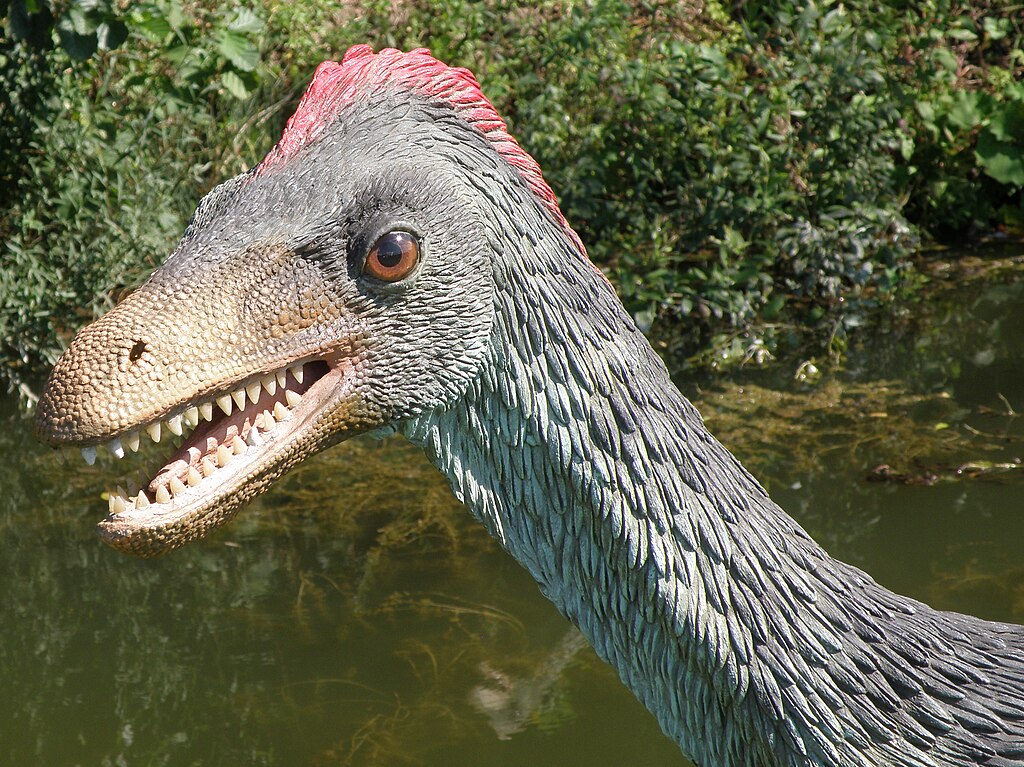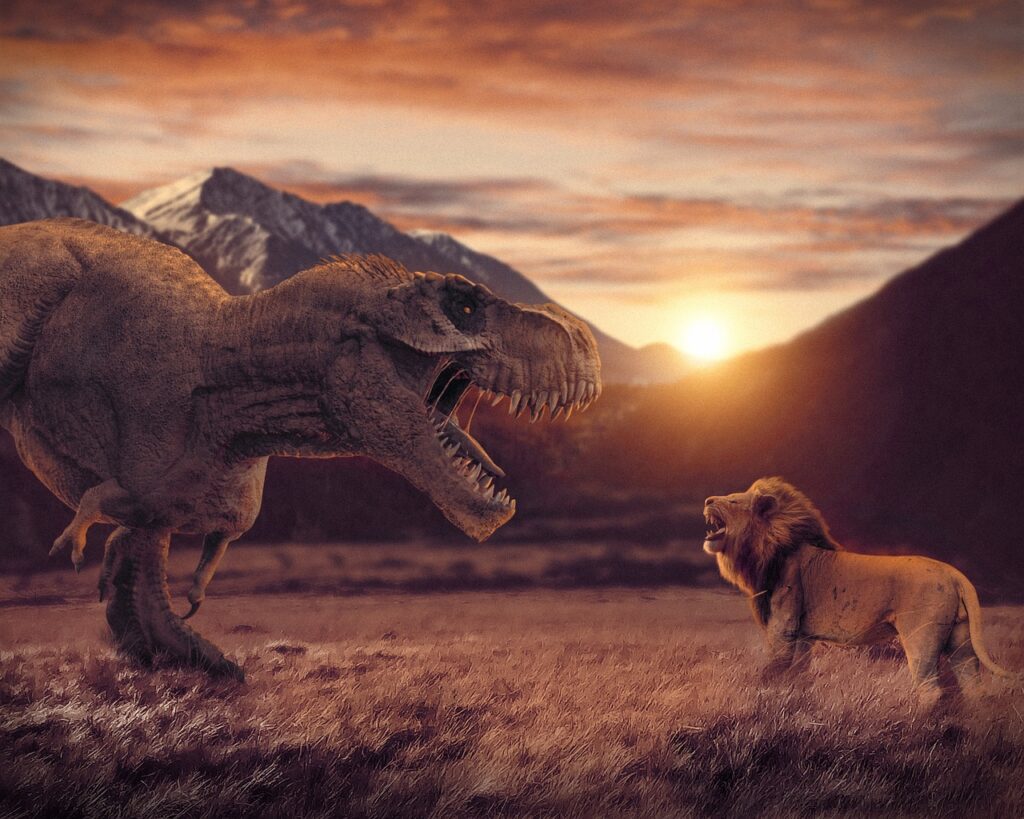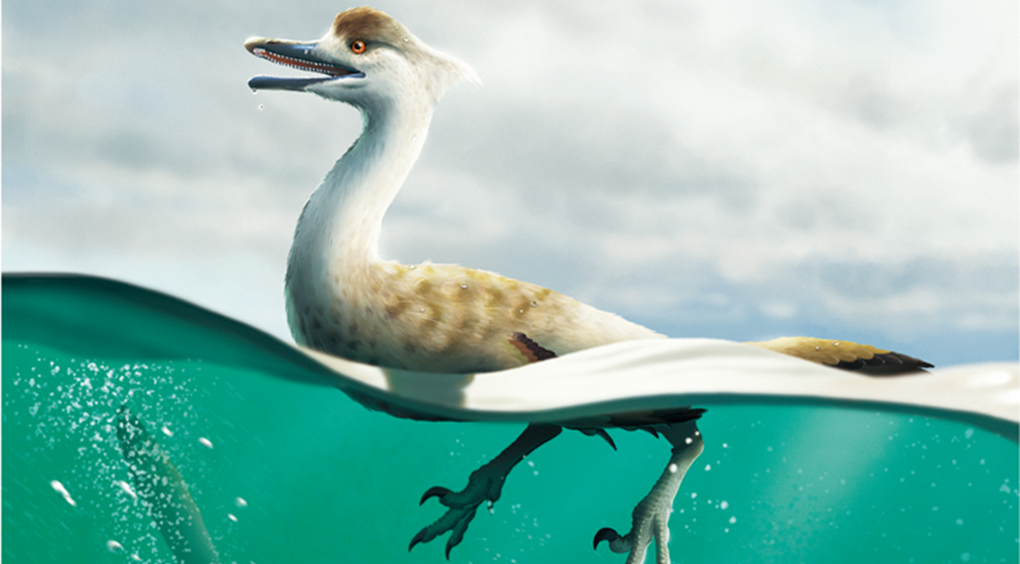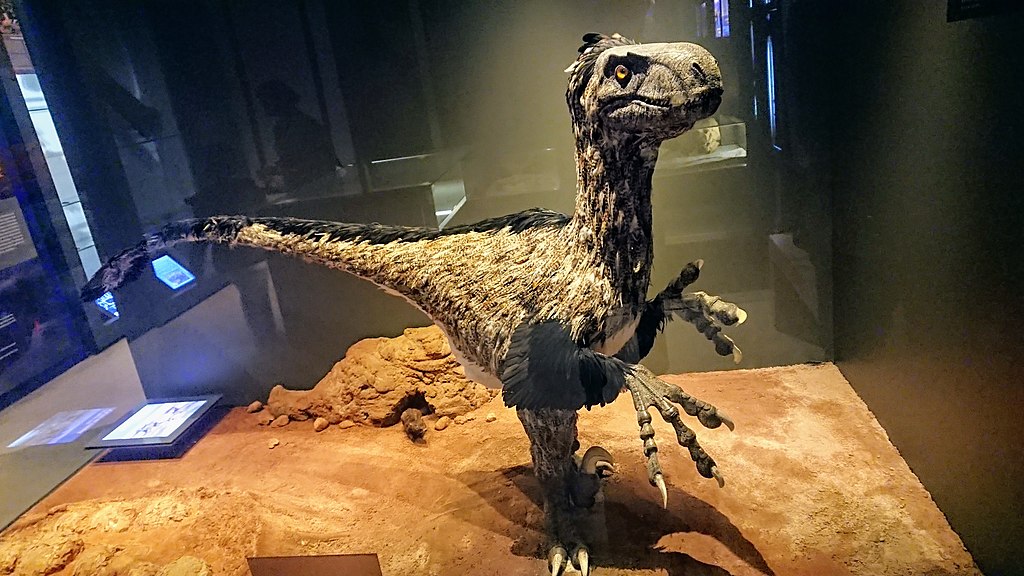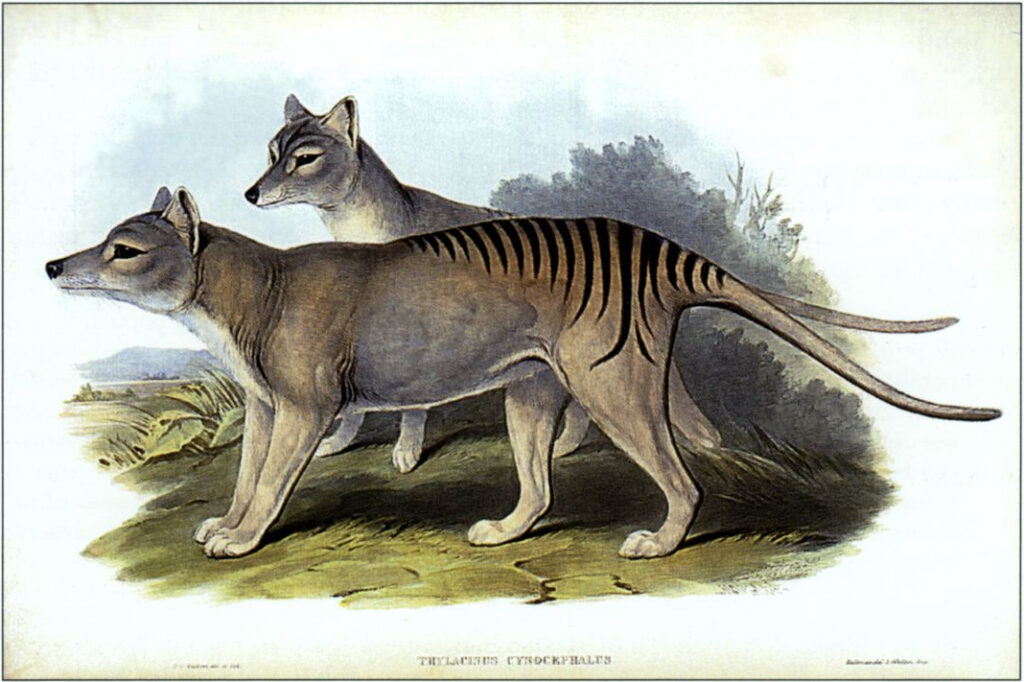How Did Dinosaurs Survive in Extreme Environments?
Dinosaurs ruled the Earth for over 165 million years, facing and adapting to numerous environmental challenges throughout their long reign. These remarkable creatures thrived in conditions that would be inhospitable to many modern animals, from scorching deserts to freezing polar regions. Their ability to survive and evolve in response to extreme environments represents one of ...


